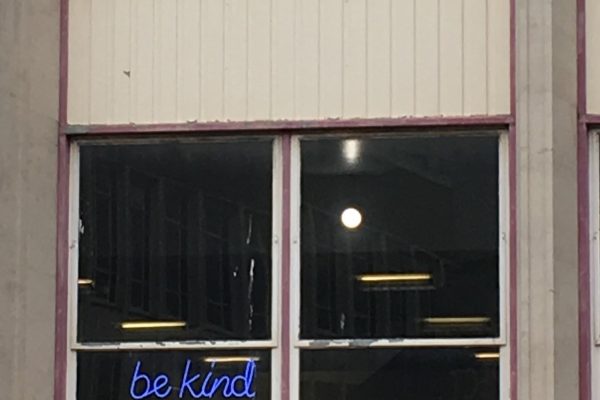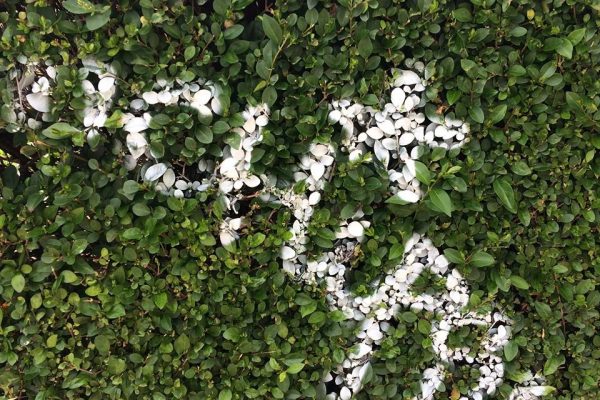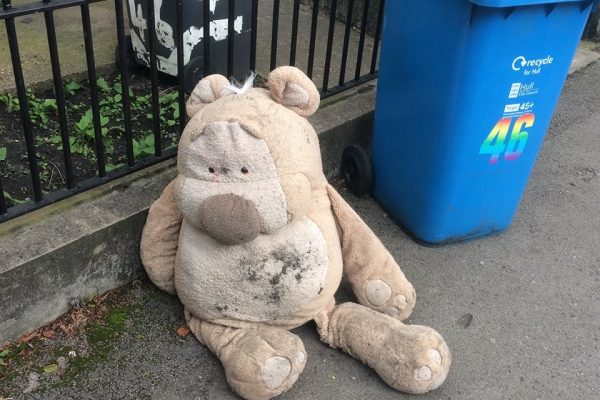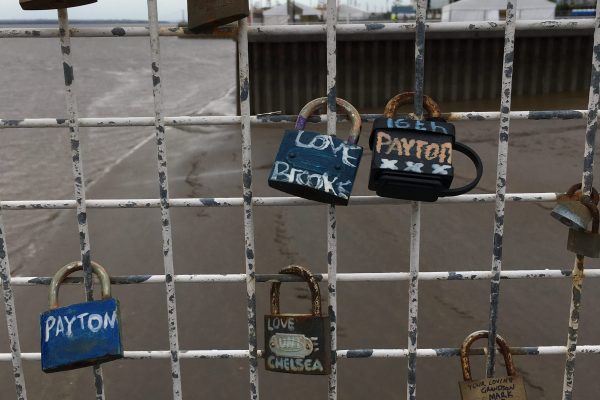By Tom Wells, associate artist
- Playwriting with Tom Wells #1: Voice
- Playwriting with Tom Wells #2: Character and Monologue
- Playwriting with Tom Wells #3: Dialogue and Scenes
- Playwriting with Tom Wells #5: Planning
I’m really regretting calling Post Number Four “Making Worlds” – it sounds quite up itself, my apologies – but it’s the best way I could think of summing up the next couple of exercises. Two exercises that show how important making worlds is to making plays, and two different ways you might try doing it. Fingers crossed the exercises are good and useful and make up for the grandness of the title.
Everyone is different, obvs – there’s no one way to write a play, #NotAllPlaywrights – but I find having a really solid sense of place can be very helpful when you’re first thinking of an idea. If you have a good knowledge of where the play is happening, the world it’s happening in, then your story ideas and characters, everything that goes on in the play and the people it happens to, will have a sense of truth and authenticity. Sometimes a play’s setting can even help you find the outcome of the story – some things feel like they could only happen in Hull, or Coventry, or Newcastle. If the world of the play feels robust, the audience finds it easier to trust the playwright and lose themselves a bit. So I think the best thing to do is just have a go.
Exercise One
For the first exercise, have a look at the photographs below (click to expand). Pick one which intrigues you, and try to plan a play which could happen in the world of the photograph or thereabouts. Think about the people who would feel at home in that world, or very much not at home in that world, and write the things that might happen to them. If it’s useful, use the five-part structure plan mentioned in Workshop Two as a guide for the shape of the story.
These are the photographs. They’re only from my phone though, so if you’d rather use a different one please go for it, perhaps from a magazine that you have to hand, or one of those photo books that live under coffee tables. Spend a few minutes just looking at the image you’ve chosen, and imagining the world that it is part of, the people who are part of that world and the stories they are living. Plan the play you’d write, inspired by the photograph. Give yourself ten minutes.
Hopefully this exercise gave you a bit of freedom, a spark to think of when you’re making something new. A world you hadn’t thought of making until now. Sometimes it’s good to take a surprise bit of inspiration and run with it, fill it with details and characters and what you know of life. But sometimes it’s also really helpful to look with fresh eyes at the places you know really well, to properly examine the rooms and spaces and worlds you know inside out. This is what I’d like to suggest for Exercise Two.
First though, a little story:
A few Saturdays ago, I moved my mat into the bedroom ready to do my morning pilates. I know, what a knob, but I have to do pilates twice a day cos it helps with my balance: I have MS, so I’m a bit more wobbly than most people. I get embarrassed doing it in front of people though – I really am quite wobbly – and if I’d stayed in the lounge I’d have been in full view of the lads up a ladder painting my next door neighbours’ window frames. So I went into the bedroom, shut the door, put a podcast on and fully engaged my core.
The bedroom’s very ordinary-looking. It’s got a bed, a bookcase, a window, a radiator, and a picture of some jellyfish my cousin Ellie painted. The walls are the same magnolia as absolutely every rented flat in the United Kingdom. But it’s worth mentioning at this point: my landlord is not an expert at practical things. I suspect he might’ve cut a few corners, so sometimes stuff goes wrong. For example, there’s a damp patch on the wall above the fridge that looks like Gary Lineker. If the people in the flat upstairs turn their shower up too high, my light fitting leaks. And once it turned out my loo had been accidentally plumbed into the hot water system. I found out cos the flush got stuck, and the toilet started steaming. The man who came to mend it couldn’t believe it. He asked if it would be OK to make a video for everyone back at the depot. And then Middle Child put it on YouTube.
I didn’t think about any of this though. I was concentrating on my pelvic tilt. Then I heard the post arrive.
Normally I’d just carry on with my exercises, but I was waiting for a letter from my neurologist. A few weeks earlier I’d had an MRI scan to find out if the treatment I was on for my MS was working. I hadn’t heard back yet. It’d been long enough to get a bit anxious about it so I was checking the post each day. I got up, went to the door, turned the handle. Nothing happened. Tried again. Still nothing. One more time. Nope.
The handle was broken, wasn’t opening the door any more. So I was stuck. The only other way in or out of the room was the window. It was quite high up though, especially for a fairly wobbly man, and I didn’t really want to end up locked out of my house, stood on the pavement in my bare feet, my pants and a t-shirt that said in big, friendly letters, ‘Hull’. I didn’t really know what to do, so I didn’t do anything. Finished my pilates, finished the podcast – it was Sue Perkins interviewing Mary Berry, she’s had a very interesting life – and tried the door again.
Still nothing. The door wouldn’t open, and now my phone battery was down to eight per cent. I realised I’d better ring my Mum and Dad. I hoped I’d get through to my Mum, who is quite calm in a crisis, rather than my Dad, who isn’t. In the end, I just got through to the answerphone. I left a message, doing my best to sound normal and not mentioning I’d been trapped in my bedroom for a good hour and a half at this point. Five minutes later my Dad rang back, panicking.
They came as quickly as they could. I’d bolted the front door the night before, so the spare key didn’t work. The only way in was through the window. They put their stepladder on their side, and I put a chair on my side. Neither was quite high enough. With a lot more agility than any of us realised he had, my Dad climbed in. It was a bit touch and go at one point – he got sort of stranded in the middle, and either the window or my Dad made quite a funny noise. But eventually, he was in. My Mum passed him a screwdriver and he managed to take the door handle off and let us both out. He didn’t make a big thing out of it or act heroic or anything. He just did it. That’s dads.
I went to open the front door, let my Mum in and picked up the post. There was a letter from the hospital. It said my MRI results had shown new and active lesions on my brain, so my treatment wasn’t working. I’d need to have another scan in three months to see if there was more new damage and figure out what to do next. I tried to style it out by boiling the kettle for cups of tea but still ended up sobbing a bit. My Mum and Dad did too. We had a hug, decided it wasn’t the end of the world, then drank our tea.
Exercise Two
I had quite a lot of time to think while I was trapped in my bedroom and I couldn’t help noticing that it would be quite a good world for a play. There were two possible entrances for characters, both of which had obstacles to using them – the door (stuck shut) and the window (slightly higher up than most stepladders). There was something the protagonist wanted (first to check the post, then to get out of the room). There was a hero (my Dad). And the world was really recognisable (just an ordinary bedroom) but also characterful (the flat had a history of dodgy maintenance issues). Basically, it had it all. It made me wonder if looking for interesting worlds to write about is a bit unnecessary. The worlds we know best and maybe take for granted can sometimes be just as interesting.
For this exercise, look at the spaces and places, the worlds you know really well. The rooms or outside spaces that are so familiar you never really think about them. Pick one, and imagine it on stage. Draw a plan of it from above. Label it with specific details. Think about how a character might enter or leave the space and write these down. Think about the furniture or landscape, stories attached to them, or memories. Write these down too. Label it with details which add colour and life to the world. Think about some of the stories which have happened in the space, and write them on the plan. Think about the characters who belong there, and add them in too. Start to build a sense of the world of a play which might happen there. Fill the space with life, if you can.
This is a really exciting part of writing a play, I think – making the world, thinking what might be in it, which characters might belong there, the stories and the histories they bring with them. Don’t worry if you can’t think of everything, just fill in the details as much as you can. Let yourself be a bit surprised sometimes. Give it plenty of time. And then looks at it. Soak it in a bit. Start to feel at home in it. Fingers crossed it’s a good place to set your first play. We’ll look at planning this next week.
Feel free to share your writing with us on social media: simply tag @middlechildhull on either Twitter, Instagram or Facebook.
